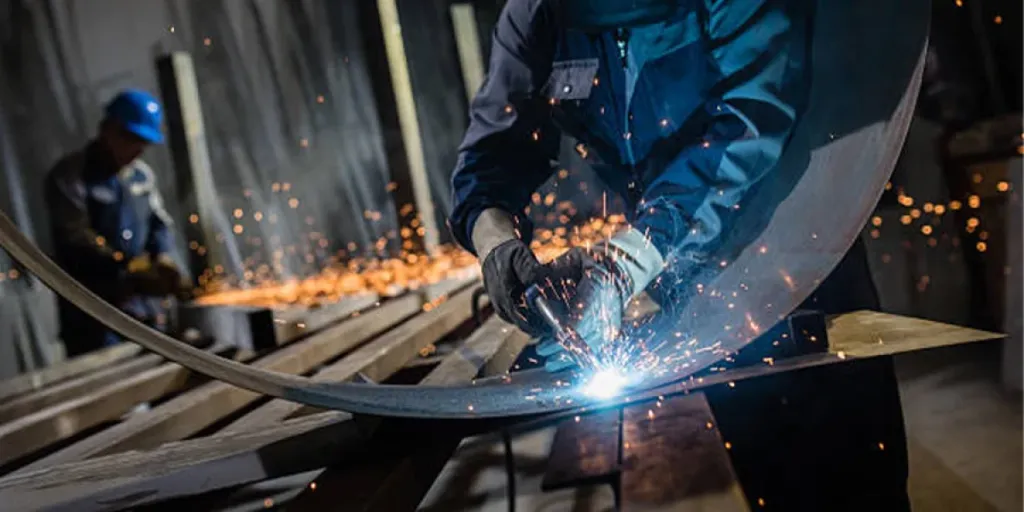- TOPCon requires silver pastes on both sides, that too with conflicting paste chemistries, are requiring high and low firing temperatures on front and rear side, respectively.
- The paste laydown (for both sides) for an M6 wafer based TOPCon bifacial cell ranges from 100 to 140 mg (representing the extremes of either side) referring to a finger width of 30 to 35 µm
- RENA on the other hand is promoting copper plating as an alternative to screen printing to reduce the costs and promises higher efficiencies
Metallization is the tricky part in the manufacturing process of TOPCon cells. As with PERC, 2 influencers of costs are the usage of silver pastes and the deposition process itself. The difference here is that silver paste is required on both sides, almost doubling paste-related costs. The existing practice among cell makers is to use PERC silver pastes to contact the rear side of passivated contact cells. However, TOPCon requires a customized paste in order to unlock the complete performance benefits. Such pastes essentially have to possess well-controlled reactivity features with an ability to contact only the doped polysilicon film, while not hurting the underlying tunneling oxide. There is also a limitation on the front side; the silver pastes used for the emitter side of n-type cells are typically doped with aluminum, thus requiring higher firing temperatures, even compared to PERC. Since the contacts have to be co-fired, a complementary paste chemistry has to be established that can satisfy the requirement on both sides of the cells.
Most leading paste manufacturers, such as Heraeus, DKEM and Fusion, have been developing such pastes in close cooperation with TOPCon makers. Since TOPCon technology has been under evaluation in testing and pilot lines of most manufacturers (Jolywood as the first large-scale producer being an exception), the developments in pastes are client-specific. Thus, the advanced paste formulations for TOPCon are often not promoted in the open market.
DKEM is the only company to provide some insights. The Chinese company launched TOPCon specific pastes 2 years ago. While it is promoting 2 pastes each for front and rear, its DK93T is special among them. It is a rear finger forming paste and the paste platform is designed for a typical TOPCon structure of 120 to 140 nm thick polysilicon layer, which is mainstream, according to DKEM’s technology and marketing vice president Kevin Nan. However, the company is ready to work with customers to optimize the formulation to be compatible with specific polysilicon layer thickness of the cell maker. “We can support the polysilicon layer thickness down to 100 nm,” says Nan. The paste is also designed to be compatible with alkaline polished rear surface morphology, a new trend in the TOPCon segment in place of acidic texturing, adds Nan.
The typical paste laydown with TOPCon structure, according to Nan, is about 140 mg per cell based on the M6 wafer format, while a few paste manufacturers have also managed to push the limits to 100 mg to 120 mg. “It is tough to balance performance and reliability at this level,” underscore Nan. “However, the finger widths are different for front and rear. While it is easy to attain 30 µm on the front, reaching such low finger widths with aluminum is a challenge,” underscores Nan. “Nevertheless, 35 µm is achievable,” he added.
Jolywood, for example, is able to achieve finger sizes as narrow as 30 µm, while Laplace says that 100 mg paste laydown has already been realized in production for a bifacial cell requiring silver contacts on both sides. Every equipment maker and manufacturer TaiyangNews spoke to expressed that the pace of paste development has been satisfactory.
While this is the direct impact, pastes also influence the deposition process, especially the throughput. As discussed earlier, the typical thickness of a polysilicon film ranges between 80 to 150 nm, but thinner the better — the thinner the film, the shorter the deposition cycle, thereby improving the throughput of the deposition tools. While there is no limitation in terms realizing thinner films on the equipment side, it is mainly limited by compatible metallization pastes.
Plating
Characterizing high manufacturing costs associated with metallization pastes as one of the prime hurdles for TOPCon, RENA is promoting copper plating as an alternative to screen printing. Summarizing the recent advancements associated with InCellPlate, the plating platform of RENA’s SVP Technology & Innovation Holger Kuhnlein emphasizes that the current generation products do not need N2-annealing. Its tool follows a process flow of laser opening and the subsequent plating on both sides, and finally annealing of the contacts. The company’s plating solution enables a narrow finger width with 10 µm laser opening.
RENA has been working with JinkoSolar to develop plating-based metallization solutions. The company provided an update highlighting that they have been able to achieve an efficiency of 23.9% with JinkoSolar’s HOT2.0 technology, 0.1% higher absolute efficiency over the baseline screen-printed contacts. However, the current average efficiency is at 22.6% and RENA has the roadmap in place to increase this level to 23.5% by 2022 using copper contacts. The company further emphasizes that the damage induced by the laser and plating approach is much lower compared to fire-through silver pastes, thus a higher efficiency potential of 0.3 to 0.5%. The thin contacts formed with plating also helps in improving the bifaciality.
This brief article is taken from our recent TaiyangNews report on TOPCon Solar Technology, which is available for free download by clicking on the blue button below.
Source From TaiYang News




